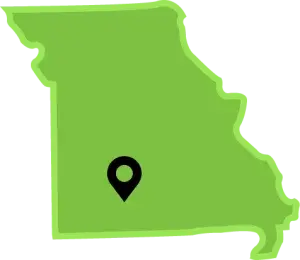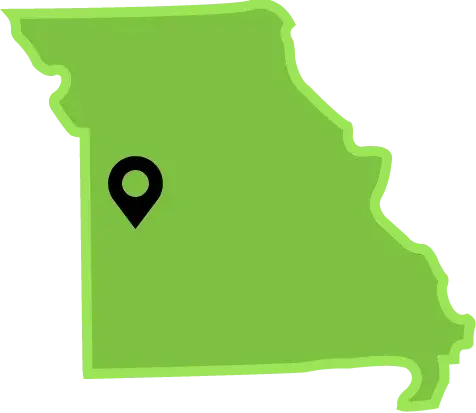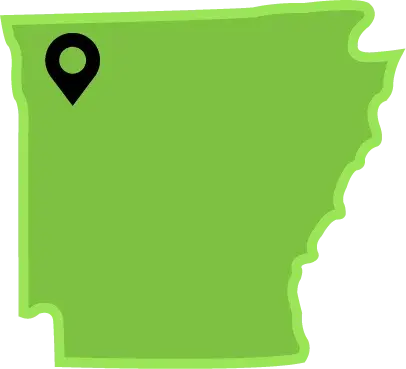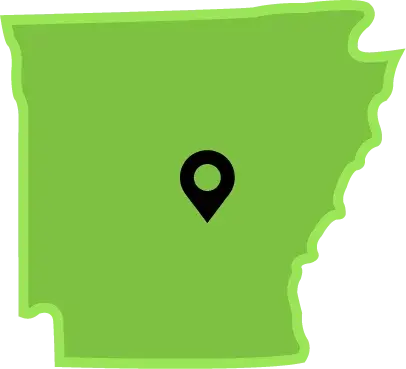 One of the most effective ways to keep employees motivated and engaged is through a successful employee recognition program. Not only does it increase employee satisfaction levels, but it also leads to improved productivity, morale, and increased retention rates. In fact, if you aren’t using some form of an employee recognition as a business owner, you are missing a golden opportunity not only to boost your employees’ morale but to get ahead of your competitors in this increasingly competitive job market.
One of the most effective ways to keep employees motivated and engaged is through a successful employee recognition program. Not only does it increase employee satisfaction levels, but it also leads to improved productivity, morale, and increased retention rates. In fact, if you aren’t using some form of an employee recognition as a business owner, you are missing a golden opportunity not only to boost your employees’ morale but to get ahead of your competitors in this increasingly competitive job market.
What The Statistics Prove: Why Recognition Works
Recognition is an important part of creating a healthy work environment that encourages employees to excel. It also applauds their unique gifts and makes them feel like they are truly making a difference or serving a purpose as part of their job. This desire for recognition makes sense as it is immensely human to want approval and praise. We all strive to do a good job, and we all want appreciation, and we all want acknowledgment for doing so. Statistics prove this to be just as true if not more so in a business environment as it is in life in general.
According to a recent Global Culture Report by the Tanner Institute, employee recognition programs decrease the odds of employee burnout by an astounding 80%. They also reduce the attrition risk by 29%. This along with a proven increase in employee engagement, production, and what they define as a thriving culture shows the validity of incorporating an employee recognition program in your business if you do not already have one in place.
If you have never implemented a recognition program before, you might wonder where to start. Thankfully, the following tips will get you headed in the right direction and show you have to begin the process of creating a program that is designed to recognize your hard-working employees:
Define Your Objectives
The first step you need to take when creating a successful employee recognition program is to define your objectives. In other words, answer the following questions:
- What do you want to achieve through this program?
- Are you wanting to improve employee retention rates or increase employee engagement through this program?
- Do you want to reward employees for specific achievements, such as meeting sales targets or completing a project on time?
Once you answer these questions, you can begin to take steps toward creating a program that is purposefully designed to meet those goals. This is a good starting point.
Get Employee Input
After you have determined what you want to accomplish through an employee recognition program, the next best step in the process is getting employee input. After all, your employees are the backbone of your organization, and it’s essential to involve them in the recognition program’s development. One of the easiest ways to get their opinion on the matter is to conduct employee surveys or focus groups in order to gather their feedback on the types of recognition they prefer and the behaviors or achievements they think should be rewarded.
Determine The Types of Recognition
Recognition can come in many forms, including monetary rewards, public recognition, and/or extra time off, just to name a few. Consider what types of recognition will be most meaningful to your employees and align with your organization’s culture and values. Obviously, it’s best to match the recognition system with the type of recognition you now know your employees prefer. In other words, if they stated that they prefer monetary recognition to public verbal recognition, then do that if possible.
Create a Budget
As with everything else in business, creating a recognition program has to fall within the constraints of a budget. Therefore, creating a budget for your program is an important part of this process. Consider how much you can allocate to a rewards and recognition program, and then ensure that you can sustain this. You don’t want to have to withdraw benefits/rewards after you have given them or stop being able to reward employees because you don’t have the resources.
Set Clear Criteria
To be fair to all employees and to protect yourself from being accused of showing favoritism, it is vitally important that you set clear criteria that have to be met to qualify for a reward or recognition. Be careful of creating a system that is based on changing variables or those that change based on who is in charge at the time. There should be a clear system in place that all employees know that this action or attitude will result in this reward or recognition, with no exceptions. Criteria should include not only specifications on the type of behaviors or achievements that are eligible for recognition but should also include predetermined levels of recognition.
Communicate The Program
Once the recognition program is developed, it’s important to communicate the details of the program effectively to your employees. Be sure they understand the criteria for recognition and the types of rewards available.
Evaluate The Program
Finally, it’s essential to evaluate the program regularly to ensure its effectiveness. Don’t do this just once, but make a point to evaluate it on a regular basis to determine if it is still working as intended. Sometimes, this will mean tweaking a program until it best fits the goals you set out for your employee recognition program. It can also mean making changes based on employee feedback.
Be Patient, Contact Us For Help
In conclusion, creating a successful employee recognition program takes time and effort, but the benefits are well worth it. Contact us at TPC where we are More Than Payroll. We are happy to help you oversee an employee recognition program that will meet all your goals and serve your employees well for years to come.







